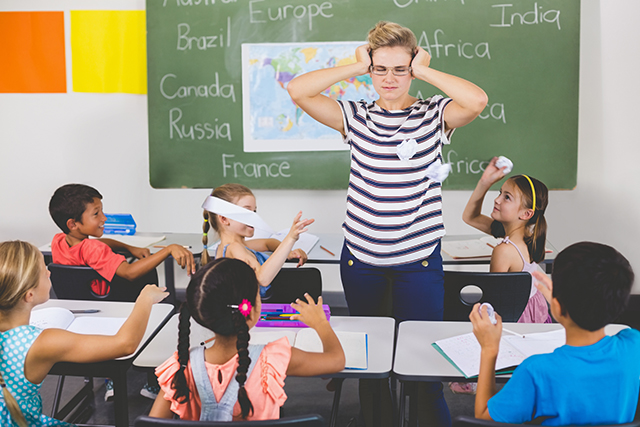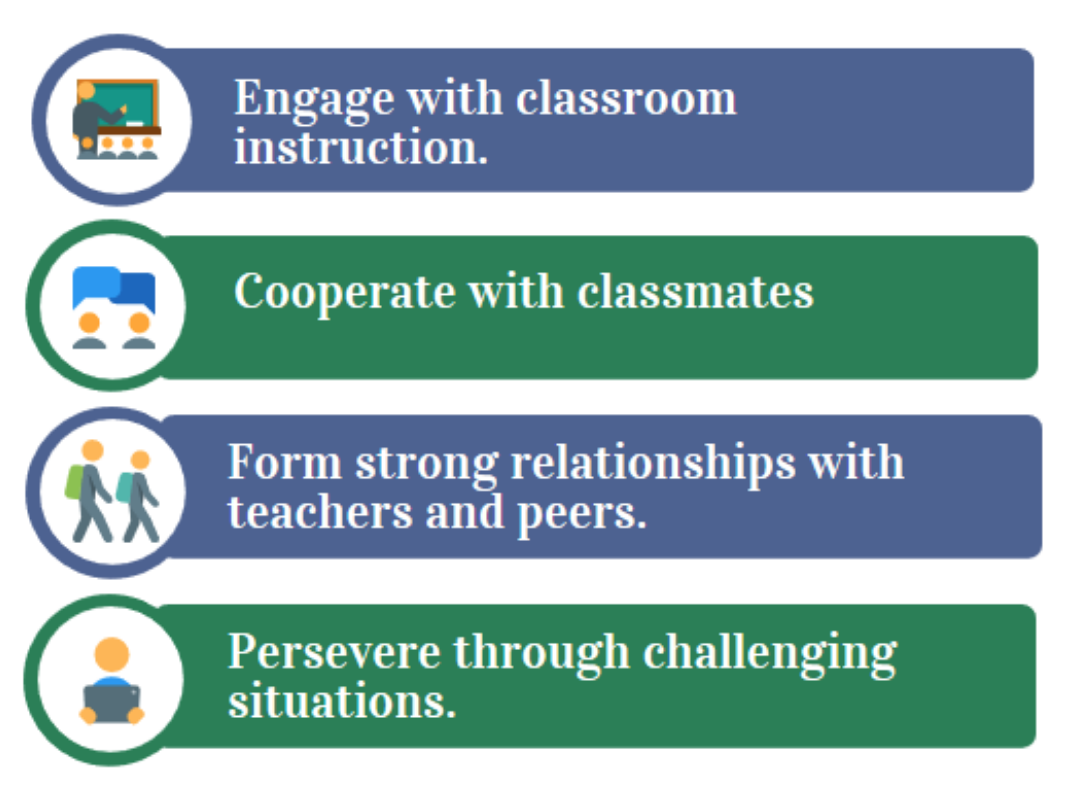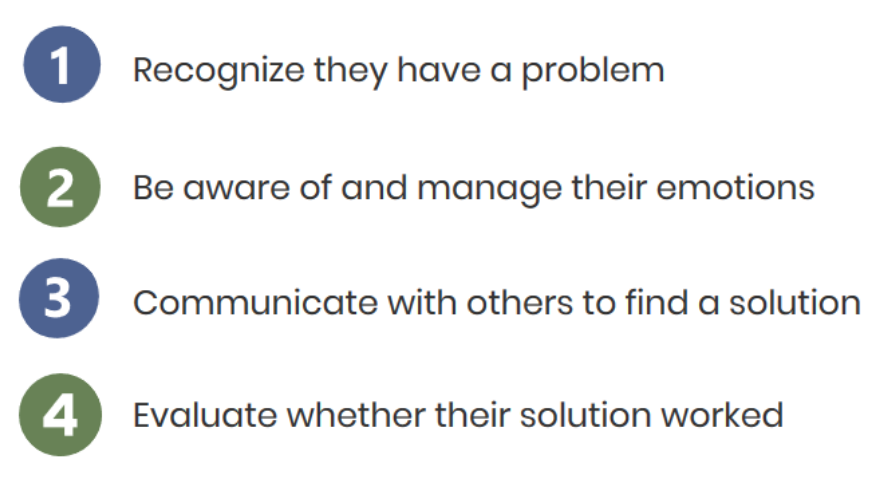
It’s the first day of classes at PBIS Elementary School, and Ms. Sel is excited to start a new year with her fourth-grade students. Ms. Sel spends the morning getting to know her students and giving a few assignments to ease them back into the classroom routine. The morning passes by without incident. However, after the students return from recess, she notices the kids are much rowdier than they had been previously. Several students raise their voices at other students and several squabbles break out over toys and school supplies.
As the school year progresses, the negative behaviors in Ms. Sel’s class being to escalate. Several students become openly defiant when she makes requests of them. Other students are having more problems getting along with peers. These behaviors often disrupt instruction and some students are starting to miss substantial amounts of class every time they are sent to the office.
Does this situation sound familiar? Many teachers experience these types of behaviors in their classrooms at one point or another during the school year. Children face an increasingly complex world, both in and out of school. To successfully navigate their school and home lives, students need more than just academic skills. Nearly all educators believe—and a wealth of evidence supports—that learning social-emotional skills can benefit all students—from preventing problems before they start to de-escalating situations that have gotten out of hand. Social-emotional skills refer to children’s ability to manage their emotions, make good decisions, and maintain relationships with others. According to one school teacher in a large urban district who has worked closely with our team,
“Learning social-emotional skills helps prepare students for real world experiences, how to deal with frustrations, and how to persevere. All of these elements contribute to overall academic success, because if they are unable to cope, or deal with frustrations, it may prohibit them from learning and reaching their full potential.”
Students with strong social-emotional skills are able to:


By building these internal capabilities, explicitly teaching students social problem-solving can help students help themselves. A school social worker who has also worked closely with our team acknowledged,
“While learning social-emotional skills can do wonders with assisting kids to understand their feelings and how to manage them, it goes one step further when students can help ’check themselves’ in difficult situations. When we teach kids the tools to guide their feelings and choices, we provide the opportunity for youth to grow with the ability to communicate and solve problems.”
Eventually students can learn to apply these skills across a variety of problems they may encounter. Though these skills may take time to develop, it is crucial that practitioners like teachers, counselors, and school social workers work with students to develop the competencies that will enable them to achieve long-term success.
Remember Ms. Sel’s challenges with her class? After consulting with the school social worker, Ms. Sel begins teaching social problem-solving skills that contain lessons for students to help them manage their emotions and communicate with others using the steps above.
After teaching lessons and role-playing with the students for a few weeks, Ms. Sel slowly but surely begins to see progress. She has helped the students to establish agreed-upon classroom rules, and they work together better in teams. While challenging behaviors still occur, she is encouraged by the small victories she sees from day-to day. During a project-based small group exercise one day, one of her students starts to get agitated. As Ms. Sel sees the situation unfolding, she reminds him to use the problem-solving skills they have been learning in class. The student takes a deep breath, thinks hard for a moment, and asks a classmate to help him with the work. Ms. Sel hopes that as her students continue to develop their social problem-solving skills, they will eventually be able to use them without having to be prompted.
To learn more about other important social-emotional skills, check out https://casel.org/what-is-sel/.
Be sure to check out our upcoming blog describing our work to evaluate Tools for Getting Along, a social problem-solving curriculum for students in grade 4-5.
Topics: Elementary school Externalizing behaviors Mental health Social-emotional learning
Tags: Aggression Disruptive behaviors K-3/early elementary Late elementary SEL Social problem-solving
